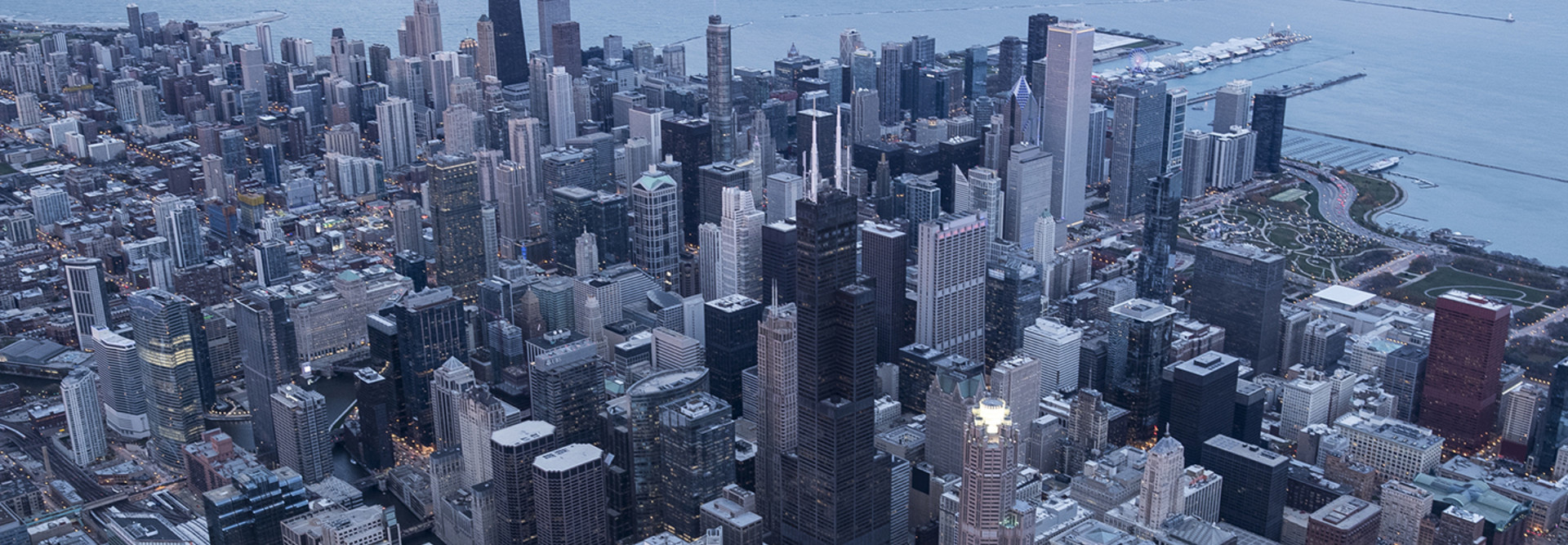Chicago Police Tap More Video Sources to Help Solve Crimes
The Chicago Police Department now has another technology tool on its utility belt as it goes about fighting crime.
Last month, the CPD unveiled new technology that allows them to pull video from more sources as they seek evidence in murders and other violent crimes.
The video investigation and analysis software and technology in the Area Tech Center, housed at Area South detective headquarters on the far South Side of the city, will allow police to more quickly process and analyze video from a disparate array of sources, including private surveillance cameras and seized cellphones.
As the Chicago Tribune notes, the tech center is part of a wider effort to improve the police department’s clearance rate for homicides — the rate at which murders get solved.
The Tribune reports:
Since opening in late February, the center has received nearly 200 requests from detectives in need of video and digital evidence processing. One of those requests included video evidence from private and police street surveillance cameras that helped identify a suspect in the March 23 fatal shooting of off-duty Officer John P. Rivera in the River North neighborhood, police said.
“One of our challenges in solving crime here in Chicago has been the ability to efficiently identify, collect, download and review all the video resources connected to a crime scene,” CPD Superintendent Eddie Johnson said at the center in April, according to the Tribune. “Unfortunately, this has resulted in lost evidence, lower clearance rates. … This has also impacted our relationships with those who have suffered from violent crime.”
The center was funded via a $10 million donation from billionaire hedge fund manager Ken Griffin.
CPD Looks to Get More Flexibility in Crime Fighting
The Area Tech Center speeds up the work of video analysis for police. Johnson said it would have taken at least three additional days to process the same videos used to investigate the Rivera shooting without the center, according to the Chicago Sun-Times.
The center is staffed by 10 officers, four detectives, an analyst and a sergeant all trained in iNPUT-ACE’s software, according to the Sun-Times and a press release. “Chicago has also adopted Cellebrite’s technology which allows video and metadata from iNPUT-ACE to be integrated into case timelines with other digital intelligence like cell phone records,” the release notes.
Johnson hopes to deploy similar centers in the city’s Area Central and Area North detective headquarters.
The new tech center follows in a similar vein to the city’s Strategic Decision Support Centers. Chicago is using cloud, artificial intelligence and data analytics technology from Microsoft and tools from Genetec, a Canadian firm, for the centers, which have spread to 20 of the city’s 22 police districts.
The CPD makes use of Genetec’s Citigraf technology, which “features a powerful correlation and analytics engine that instantly detects and displays relevant information from disparate systems for inter-agency collaboration,” according to a Genetec statement. Those centers include surveillance cameras, gunshot detection platforms, predictive mapping and data analytics, Government Technology reports.
The tech center focuses more on using software and hardware to analyze surveillance video and cellphone evidence, and is specifically designed for detectives, the Tribune reports. The center is aimed at giving detectives the software resources to view and analyze such video.
Sgt. Patrick Kinney, who helps run the tech center, told the Tribune that the center’s officers can help other detectives at homicide scenes by viewing recovered video on laptops.
“It saves … hours upon hours for the detectives,” Kinney said. “It frees them up because we’re the ones doing the processing for them, we’re the ones recovering the video, analyzing the video, and then providing it to them with the investigative leads.”









